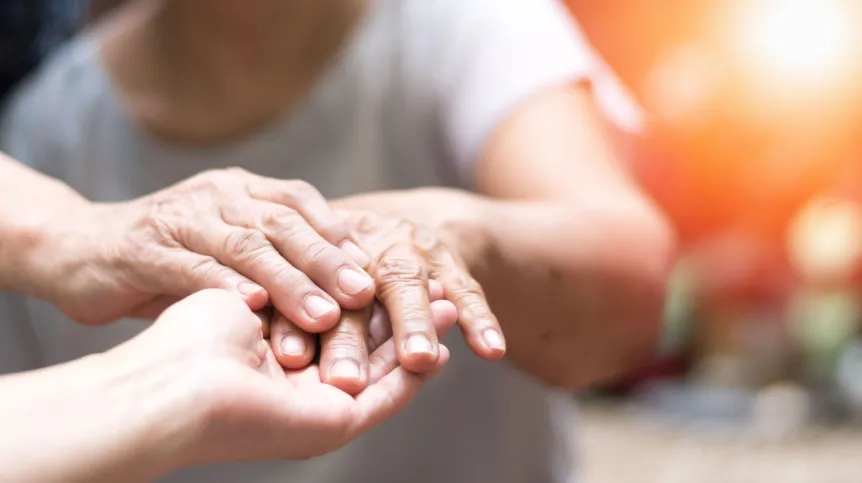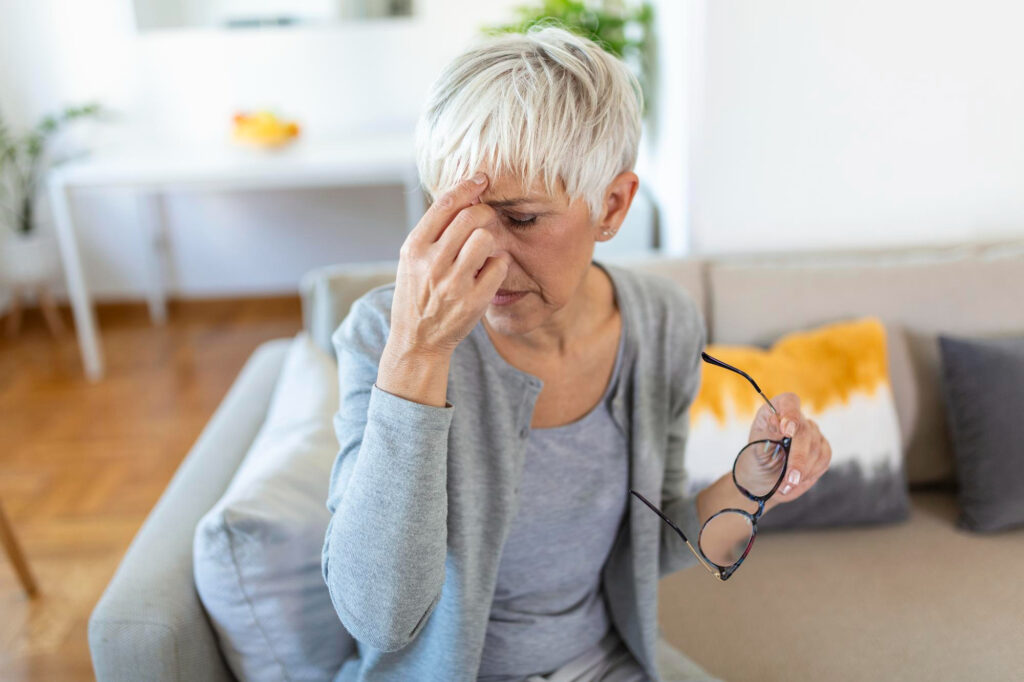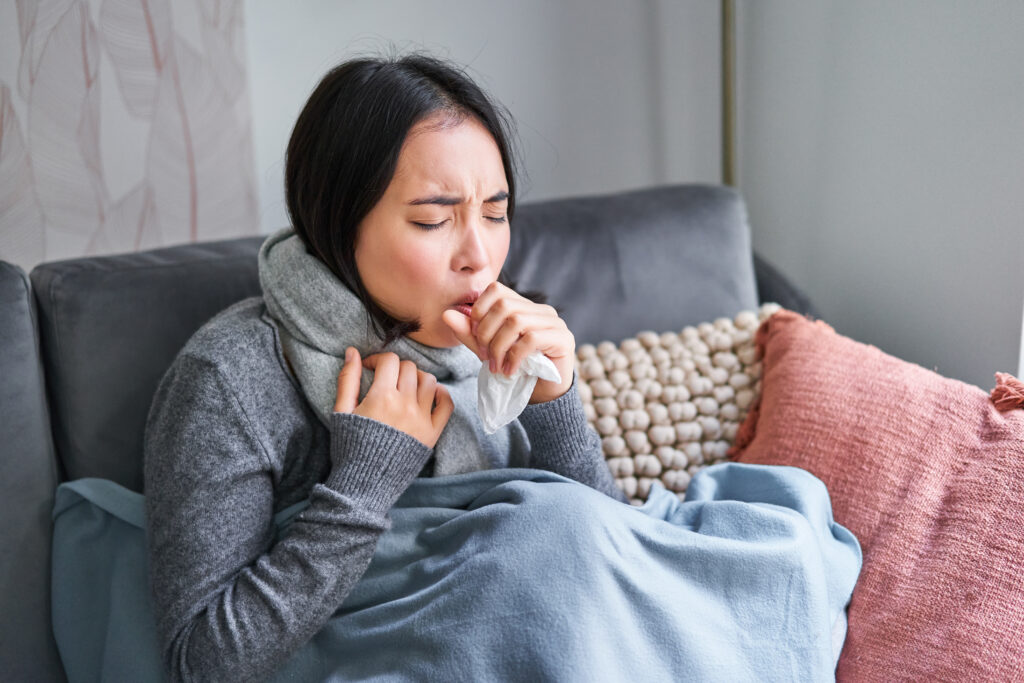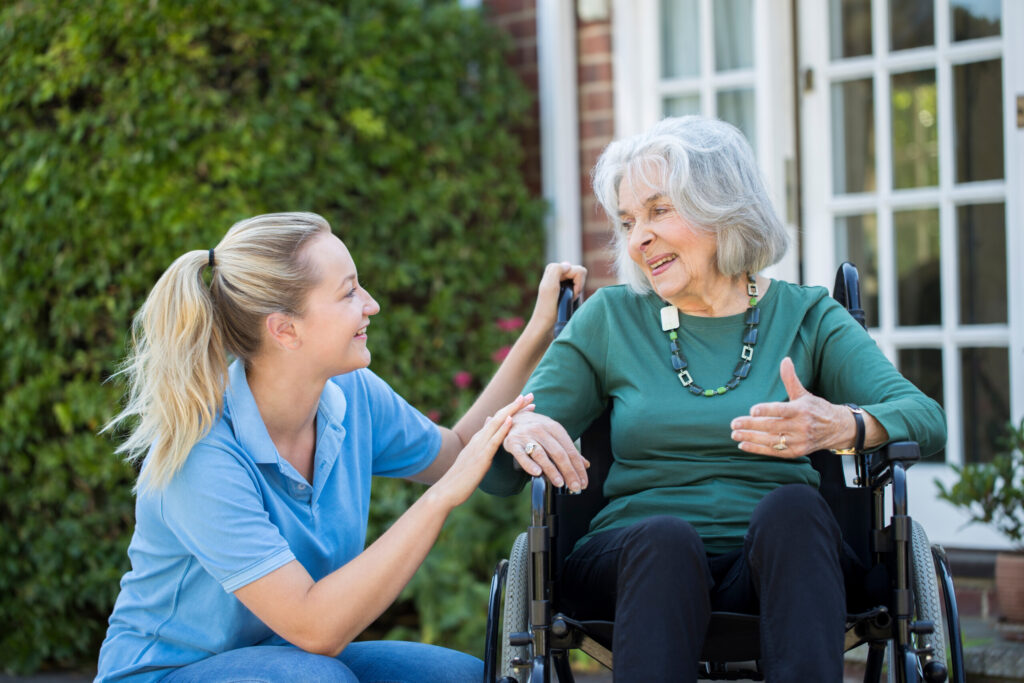Overview
Parkinson’s disease is a long-term condition that gradually affects your nervous system, making movement harder. It usually affects people over 50 and the condition gets worse over time. Understanding the causes and symptoms of Parkinson’s disease can help you get the right treatment for yourself and your loved ones.
What causes Parkinson’s Disease?
The exact cause of Parkinson’s disease isn’t fully understood in most cases, but it involves a combination of factors. Here’s what we know:
Loss of Dopamine-Producing Cells
Parkinson’s develops when neurons in the brain, especially in the substantia nigra (part of the brain that helps control movement), stop producing enough dopamine. Dopamine plays a vital role in transmitting signals that control smooth, coordinated muscle movement.
Cell loss in this area happens naturally with age, but in Parkinson’s, it speeds up. Symptoms usually start when 50-60% of dopamine-producing cells are lost.
Genetic Factors
About 10% of Parkinson’s cases are linked to genetics. At least seven genes are associated with Parkinson’s, with mutations in genes like SNCA, LRRK2, DJ-1, PRKN, PINK1, and GBA. Three of these are related to early-onset Parkinson’s (before age 50).
The condition can be inherited from one or both parents, depending on the gene mutation. Having a close relative (parent or sibling) with Parkinson’s slightly increases your risk.
Environmental Factors
Exposure to certain environmental factors seems likely to contribute to Parkinson’s. Toxins like pesticides, herbicides, and chemicals such as manganese or carbon monoxide are linked to a higher risk.
Other Risk Factors
As people get older, especially around age 60, the risk increases. Men are more likely to develop Parkinson’s than women. Additionally, repeated head injuries like those from boxing, may raise the risk.
What are the symptoms of Parkinson’s Disease?
Symptoms of Parkinson’s Disease can be grouped into motor (movement-related) and non-motor symptoms, with some appearing early and others developing later.
Main Motor Symptoms
- Tremors: Involuntary shaking, usually starting in one hand or fingers, especially when resting. It’s often called the “pill-rolling” tremor and affects about 80% of cases. The shaking usually stops during sleep or purposeful movement.
- Bradykinesia: This is when your movements slow down, making everyday tasks harder, like walking or even buttoning a shirt. It often leads to a shuffling walk with small steps.
- Rigidity: Muscle stiffness, which can feel constant like a “lead-pipe” or jerky like a “cogwheel.” It can cause pain, discomfort, and make it harder to move, even affecting facial expressions.
- Postural Instability: Difficulty with balance and coordination, often causing a stooped posture or increasing the risk of falls, especially in later stages.
Non-Motor Symptoms
These can show up even before the motor symptoms and can affect daily life:
- Loss of smell
- Sleep issues: Including restless sleep, acting out dreams, or feeling drowsy during the day
- Mental and emotional: Depression, anxiety, fatigue, or lack of motivation. Some may develop dementia or hallucinations later.
- Autonomic issues: Dizziness when standing, urinary problems, excessive sweating, dry or oily skin, or sexual dysfunction
- Constipation: Pain, muscle cramps, or muscle stiffness and digestive troubles beyond just constipation
A 4-step treatments for Parkinson’s Diseases
Currently, there is no cure for Parkinson’s disease. But,
Medications
Medications are often the first line of treatment, aim to increase dopamine levels in the brain or mimic its effects.
- Levodopa/Carbidopa: The most effective and common medication for Parkinson’s. It helps ease movement by converting levodopa into dopamine, but over time, it can cause side effects like involuntary movements or “off” periods.
Other options, like dopamine agonists or MAO-B inhibitors can be used to help manage symptoms too, but they come with their own side effects. For more advanced cases, treatments like apomorphine infusion may be considered.
Surgical Treatment
- Deep Brain Stimulation (DBS): surgery for people whose meds aren’t doing enough or cause too many side effects. It involves implanting electrodes in the brain, usually in the subthalamic nucleus, and connecting them to a device in the chest. This helps adjust brain signals to reduce tremors and stiffness.
Rehabilitation
- Physiotherapy/Physical Therapy: Exercises to improve strength, balance, and movement, which reduce the risk of falls and stiffness.
- Speech Therapy: Helps with soft speech or swallowing problems, making it easier to talk and eat.
- Occupational Therapy: Helps with everyday tasks like dressing, eating, and writing, so you can stay independent.
Additional Therapies
- Exercise: Regular physical activity helps with balance, movement, and mood
- Diet: A balanced diet keeps you feeling your best.
- Support: Support groups can offer emotional help and practical tips for living with Parkinson’s.
- Others: Massage, yoga, and tai chi are great for relaxation, flexibility, and balance.
Lotus Disability Care offers a space where those with Parkinson’s can find comfort and connection. Through shared moments, gentle walks, and heartfelt activities, we aim to help express emotions and brighten each day. We wish to be a companion on your healing journey, making each step lighter and filled with warmth.








